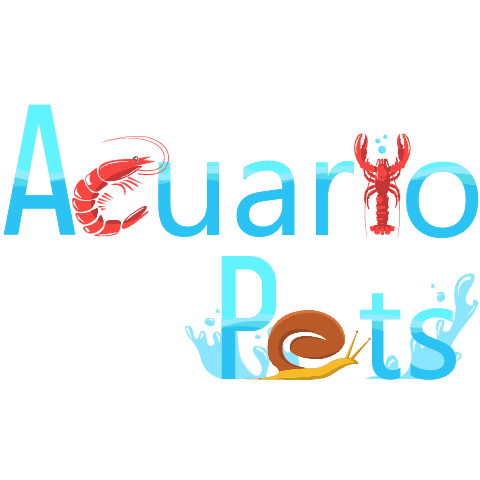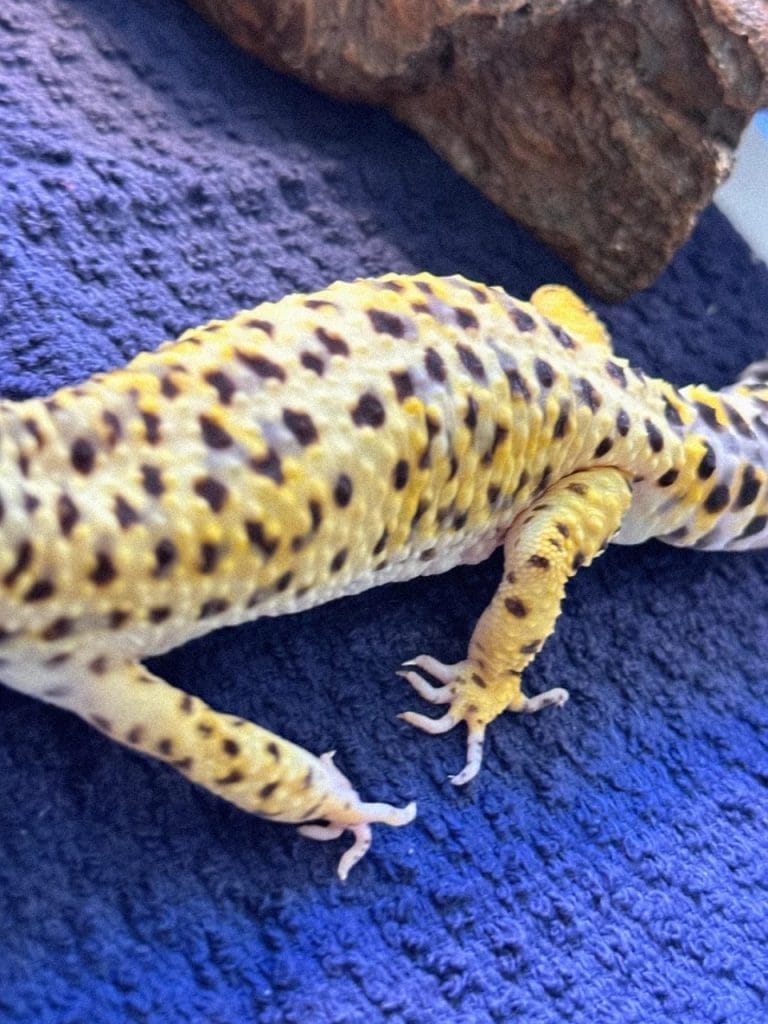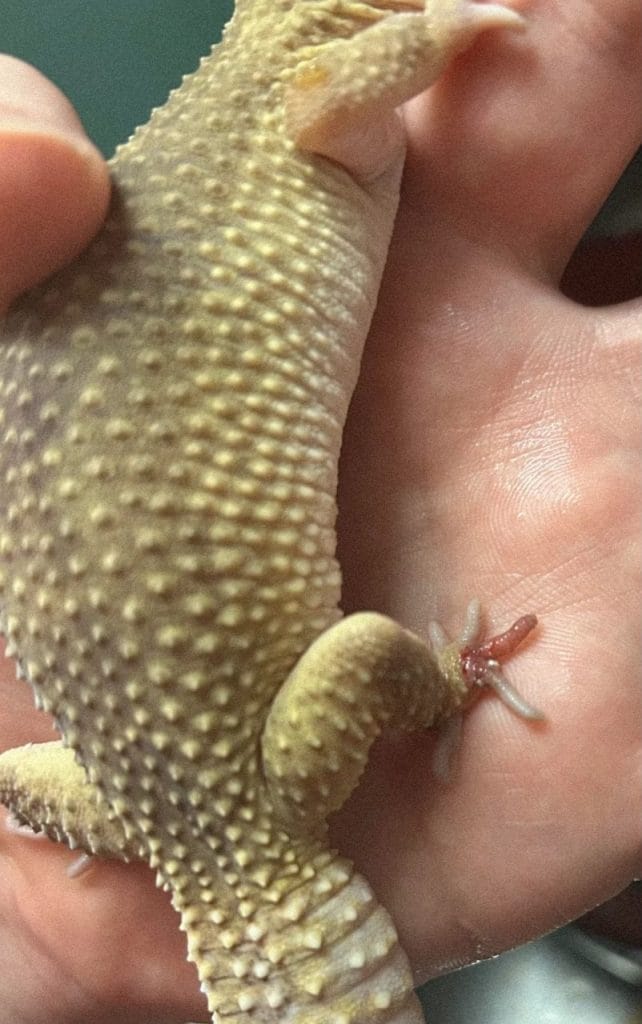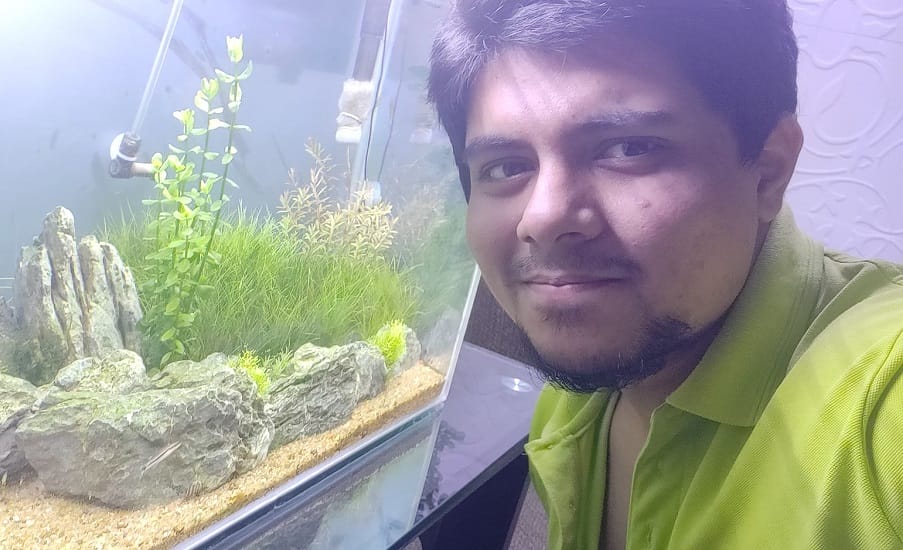This post was created with help from AI tools and carefully reviewed by a human (Muntaseer Rahman) . For more on how we use AI on this site, check out our Editorial Policy.
Check Out These FREE Tools We Made JUST For You!
Leopard Gecko Nail Injury? What to Do Right Now
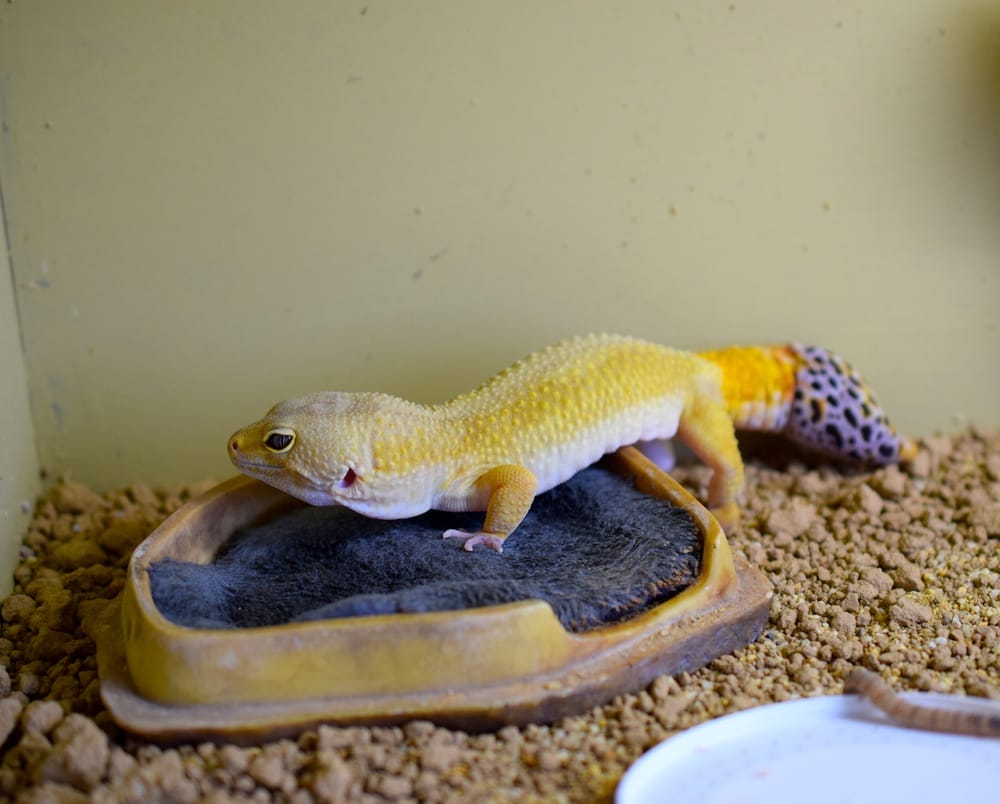
It’s a nasty surprise, isn’t it? You go to check on your gecko and spot a torn nail, a bit of blood, or worse—no nail at all. Deep breath. Nail injuries in leopard geckos look scary, but most are treatable at home if you act fast and smart.
Let’s walk through why this happens, what to do right now, and how to prevent it next time.
Why Nail Injuries Happen
Most nail injuries come from one of these:
- Bad substrate like reptile carpet or loose fiber mats. Their tiny nails get caught, especially if the carpet is old or fraying.
- Rough tank decor like jagged rocks or mesh hides.
- Improper shedding, where stuck shed builds up around the toes and cuts off circulation.
- Overgrown nails that get snagged more easily because they’re too long.
- Rough handling or falls, especially if the gecko panics while being held.
It’s not always your fault. But there are ways to stop it from happening again.
Step 1: Clean the Area Gently
Warm water works fine. You can also use diluted povidone iodine or hydrogen peroxide, but don’t go overboard. These chemicals can damage healthy skin if used too much. Just dab, don’t soak.
No scrubbing. You’re not cleaning a bathroom tile—you’re cleaning a wound.
Step 2: Stop Any Bleeding
Is it bleeding? That’s your next priority.
Use gentle pressure with a clean paper towel. If that doesn’t work, dab a bit of cornstarch or styptic powder on the spot. It helps clot the wound. Just don’t use anything with painkillers in it—those can be toxic to reptiles.
Step 3: Use Antibiotic Ointment (No Pain Relief)
Apply a thin layer of plain Neosporin or any triple antibiotic ointment without pain relief or steroids. Just the basic stuff.
Use a clean cotton swab. Be gentle. You’re not icing a cake.
Step 4: Switch to a Clean Substrate
Whatever flooring your gecko is on—change it. No sand. No reptile carpet. No loose stuff. Lay down plain white paper towels. It looks boring, but it keeps the wound clean and prevents further snagging.
Keep it this way until the nail area fully heals.
Step 5: Limit Activity and Keep an Eye Out
Watch for signs of swelling, redness, discharge, or if your gecko keeps licking the area. A little licking is okay. Constant licking, not good.
Also check for signs of pain—lethargy, limping, avoiding food, or just looking “off.” If anything feels worse by the next day, call a vet with reptile experience.
Step 6: Warm Soaks Can Help (If Needed)
If there’s dried shed or dirt stuck around the toes, give your gecko a shallow warm soak. Just lukewarm water and a calm hand.
Let the gecko walk around in the water for a few minutes. Don’t pull or pick anything off.
Important: Don’t Rip It Off
If the nail is only partially torn and still hanging on, don’t try to remove it. Leave that to a vet if it doesn’t fall off naturally.
You don’t want to cause extra damage or bleeding.
How to Prevent Nail Injuries Next Time
- Ditch the reptile carpet. Use paper towels, slate tiles, or textured vinyl. Anything smooth and non-looped.
- Trim nails occasionally if they’re overgrowing. Ask your vet to show you the safe way.
- Check for stuck shed regularly, especially around toes. Use warm soaks during shedding season.
- Avoid rough rocks and mesh hides. Stick to smoother décor that won’t grab nails.
- Handle gently, especially if your gecko is jumpy or unused to being held.
Small changes go a long way.
Good News: They Usually Recover Just Fine
Leopard geckos are tough little guys. A lost nail usually grows back or just heals over without much drama. The key is to avoid infection in those first few days.
Keep things clean. Keep things simple. And check back daily.
If things get worse, don’t wait. A vet visit is always better than guessing.
About Author
Hello, I’m Muntaseer Rahman, the owner of AcuarioPets.com. I’m passionate about aquarium pets like shrimps, snails, crabs, and crayfish. I’ve created this website to share my expertise and help you provide better care for these amazing pets.
Disclaimer
This site is owned and operated by Muntaseer Rahman. AcuarioPets.com is a participant in the Amazon Services LLC Associates Program, an affiliate advertising program designed to provide a means for sites to earn advertising fees by advertising and linking to Amazon.com. This site also participates in other affiliate programs and is compensated for referring traffic and business to these companies.
